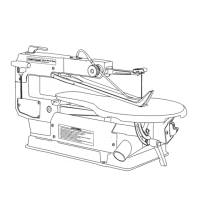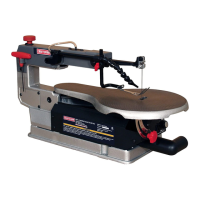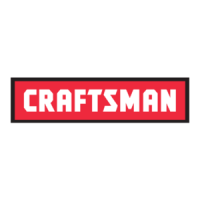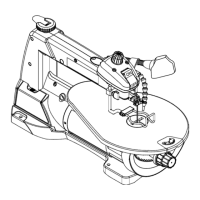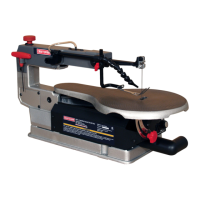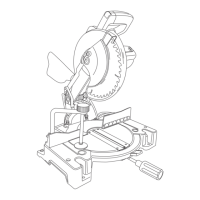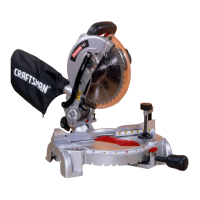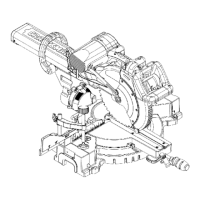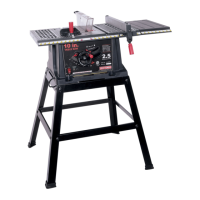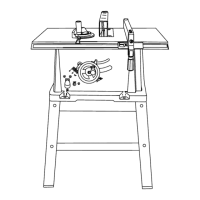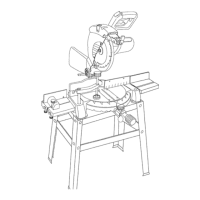ASSEMBLY INSTRUCTIONS
To avoidinjury, do not connectthis scrollsaw to'thepower
sourceuntilitis completelyassembledand adjusted, and you
haveread and understoodthisinstruction manual.
MOUNTING SCROLL SAW TO WORK SURFACE
(FIG. B)
1. If mounting the scroll saw to a workbench, a solid wood
bench is preferred over a plywood board, to reduce noise
and vibration.
2. The hardware to mount this saw is NOT supplied with
the saw. The hardware as shown in Fig. B should be
used:
Fig. B
BLADE STORAGE (FIG, C) " ' - : ........ "
The blade storage (1) is located on the left rear s;de of the
scroll saw body. Pull out the blade storage (1) to open.
The blade storage can conveniently store your hex
wrenches, and both Pin and Plain end blades.
Fig. C
_ II
/( "
II
I ! Worksurlace
SAWDUST COLLECTION PORT (FIG. D)
This scroll saw will accept a hose or vacuum accessory
(not provided) to be connected to the port (1) on the right
side of base. If excassiv*e sawdust buildup occurs inside
the base use a wet/dry vacuum cleaner or manually
remove sawdust by removing the screws on the right side
of saw. Reattach the metal plate and screws before
starting the saw. This will keep your saw cutting efficiently.
Fig. D
1, (3) Hex head bolts; length as required
2. (6) Flat washers
3, Foam pad or carpet (optional)
4. (3) Lockwashers
5. (3) Hex nuts
6, (3) Jam nuts
BLADE REMOVAL AND INSTALLATION
PLAIN-END BLADE REMOVAL AND INSTALLATION
This scroll saw accepts 5-inch plain-end or pin-end blades
to cut a wide variety of materials.
Plain-end type blades are recommended whenever fine,
accurate, and intricate work is being performed on 314" or
thinner material. It wi!l take slightly longer to assemble the
blade and blade tension, but you will also be able to use
finer blades for cutting a thinner kerf.
Toavoid injury from accidental starting, always turn the
switch OFF and remove power cord plug from power
source before removing or replacing the blade.
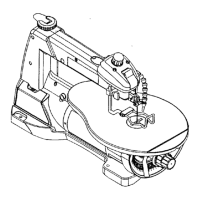
